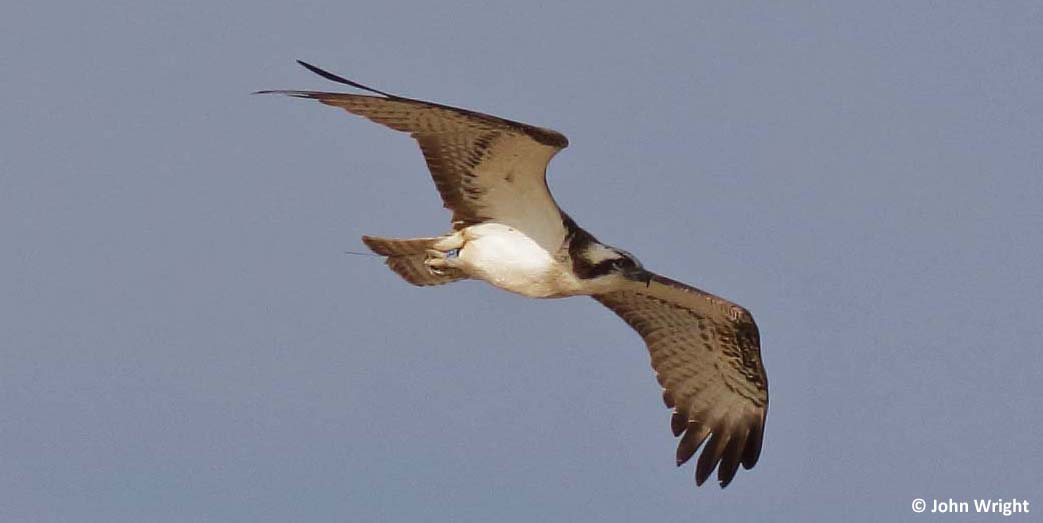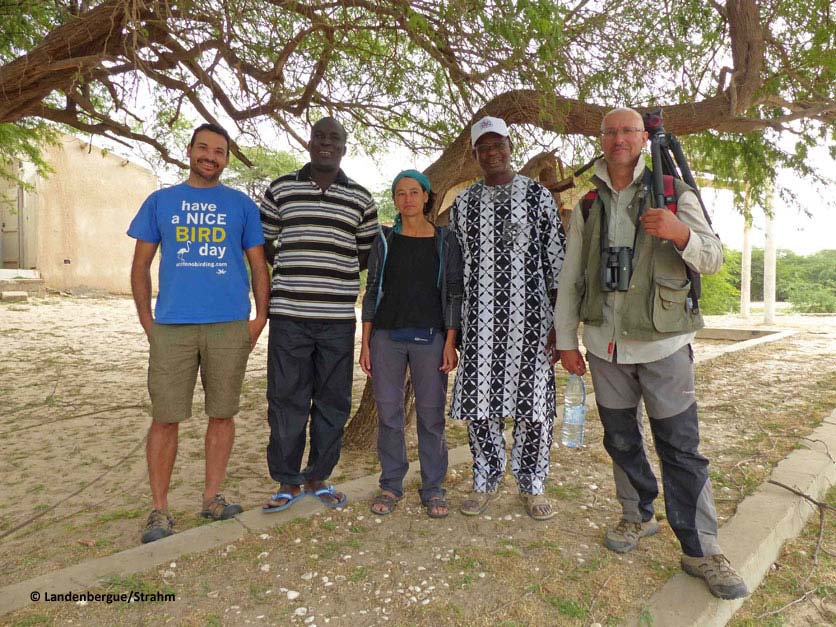 December and January is a great time to escape the northern winter and look for Ospreys further south, so we decided to spend the Christmas holidays in Senegal and more precisely, see if any of our released birds had decided to winter there. Arriving to the Langue de Barbarie National Park near Saint Louis (a very important place for wintering Ospreys) on December 22, we met John Wright from the Rutland Osprey Project in the UK, who with Spanish ornithologists Rafa Benjumea and Blanca Perez of the Tougoupeul Project had just spent a month here working with National Park staff on bird monitoring. December 22 was their last day before heading off to other sites.
December and January is a great time to escape the northern winter and look for Ospreys further south, so we decided to spend the Christmas holidays in Senegal and more precisely, see if any of our released birds had decided to winter there. Arriving to the Langue de Barbarie National Park near Saint Louis (a very important place for wintering Ospreys) on December 22, we met John Wright from the Rutland Osprey Project in the UK, who with Spanish ornithologists Rafa Benjumea and Blanca Perez of the Tougoupeul Project had just spent a month here working with National Park staff on bird monitoring. December 22 was their last day before heading off to other sites.
As a wonderful Christmas gift, John proudly gave us this photo of a young male Osprey that he had taken that morning. Amazingly, one of our birds released in Switzerland this summer! The photo clearly shows a blue ring on the bird’s right leg, as well as the antenna of the VHF radio transmitter still attached to its tail (that will fall off once the moult finishes in a few months’ time). Although the ring number can’t be read, we suspect that it could be either PS0 (Ivan) or PS1 (Masqué). So we have proof that at least one of our young made it to West Africa and is happily eating the abundant fish at the Langue de Barbarie.
We spent three more days in the National Park looking for him, unfortunately to no avail, but saw over 60 other Ospreys including one with a black ring from Germany that we could read. Later we travelled to La Somone (south of Dakar) where we saw many more Ospreys including a French adult bird with an orange ring, and another German bird.
Many protected areas and other wetlands in Africa are essential in providing safe and quiet places for wintering birds such as Ospreys. Pressures of all kinds are often increasing in these very unique places and a great deal of engagement and public awareness is needed to guarantee their long term safety. To all who manage and protect them we send our greatest thanks and wish them a happy New Year!



